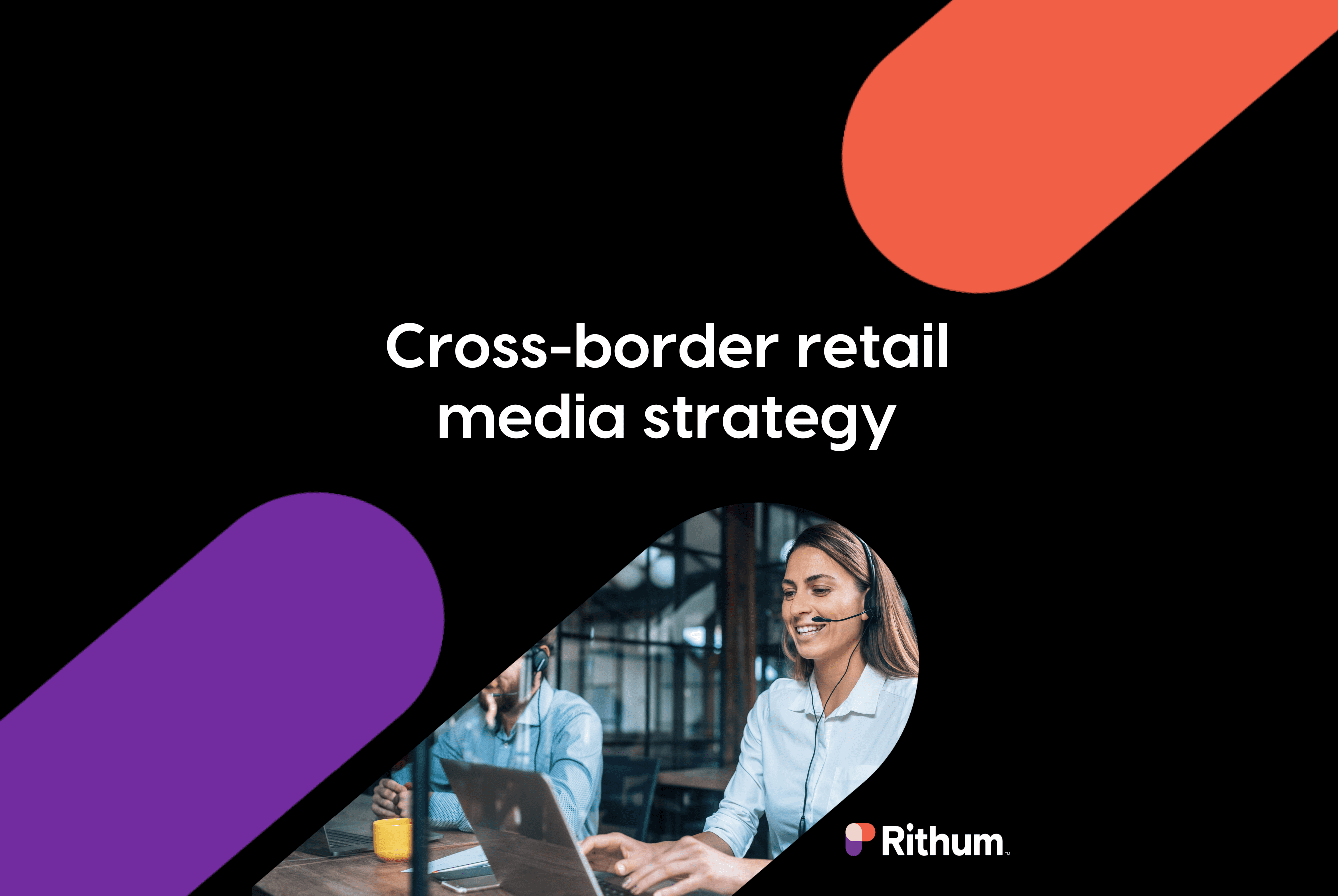Amazon has more than 1.9 million sellers around the world — and they’re all vying for customer attention. But perhaps even more important than beating out competitors is the ability to elicit a high return on your advertising investment.
How can you know if you’re succeeding? ROAS.
Return on advertising spend (ROAS) is a valuable metric for any marketer in any industry. Among Amazon sellers, a high ROAS is the gold standard for winning on the world’s largest platform.
What Is ROAS?
ROAS is the amount of money you make on an Amazon Advertising campaign for every dollar you spend. It’s a metric that’s useful for determining a campaign’s success.
It’s important to note that ROAS differs from return on investment (ROI) because it’s calculated based on an individual campaign, not overall investment. This means ROAS is a more granular metric, whereas ROI provides the bigger picture.
ROAS is also the inverse of advertising cost of sales (ACoS), which is a percentage Amazon uses to help determine ad cost efficiency.
How to Calculate Amazon ROAS
You can calculate your Amazon ROAS with some simple division. First, identify your total ad sales and total ad spend for a campaign. Remember: Ad costs may include more than just your bid amount. Be sure to account for costs like labor (for creative assets), vendor fees, affiliate commissions, etc.
Once you have both figures, simply divide:
ROAS = Total ad sales / total ad spend
For example, if you spent $100 to advertise a product, and you made $400 on that campaign, your ROAS would be 4*:
$400 ad sales / $100 ad spend = 4
*ROAS can also be expressed as a ratio (4:1) or multiple (4x).
The higher the ROAS number, the more profitable your campaign is. ROAS below 1 represents an unprofitable campaign that did not recover the cost spent.
You can also find your ROAS results in Seller Central by navigating to Campaign Manager under the Advertising tab. There, you’ll see a dashboard featuring total spend, sales, ROAS and impressions for your campaigns.
How to Determine Your Ideal ROAS
No matter your advertising goals, it’s important to find a balance between ad spend and exposure. Calculating your minimum ROAS helps determine your ideal outcome for each product and whether its campaigns are successful.
Start by calculating your break-even point before factoring in advertising costs:
Break-even point = Sale price – (cost of goods sold + any fees)
Then, divide your sale price by the break-even point to determine minimum ROAS. The resulting number is what you must achieve in ROAS to run a profitable campaign.
Minimum ROAS = Sale price / break-even point
What Is a Good ROAS on Amazon?
As long as you remain profitable, there’s no hard and fast rule on the ideal ROAS. However, typical Amazon ROAS is somewhere between 3 and 5. This may change depending on your industry’s average profit margin. For instance, higher-dollar goods like consumer electronics may reap a much higher ROAS than items like kids apparel.
A strong ROAS is also dependent on your campaign goals. You may choose to fluctuate your target ROAS depending on objectives ranging from brand awareness to revenue generation.
How to Increase ROAS
There are multiple ways to improve your return on ads, whether in lowering your costs or improving ad performance:
- Lower ad costs. Experiment with different bid amounts and aim for keywords with lower average cost per click (CPC).
- Refresh creative assets. Target different keywords or try alternating product images.
- Try different Amazon ad types. Explore all Amazon ad types and determine what works best for your brand.
- Optimize page titles and content. Help shoppers convert by including ad keywords in your product listings so they know they’ve landed in the right place.
What If You Don’t Achieve a High ROAS?
While high profitability is always a good thing, it’s important to view your results within the context of your campaign goals and entire brand strategy. For instance, a campaign to increase brand awareness may not want high ROAS if it means ads only reached a small pool of viewers.
Conversely, a lower-than-expected ROAS isn’t always a bad thing. Don’t forget about customer lifetime value (CLV). If a customer regularly returns to purchase products over a long period of time, then taking a hit on their first conversion is worth it.
Rithum Experts Can Help You Improve Amazon RoAS
We understand the challenges and moving parts that come with managing an Amazon business — listings, advertising, fulfillment, customer reviews and so much more. That’s why our Rithum Managed Services team has developed specialised Amazon Advertising expertise over our nearly 20-year partnership with the marketplace to help you achieve your ideal selling outcomes.
Need help improving your Amazon Advertising? Contact us today to take steps toward boosting your Amazon ROAS with Rithum Managed Services.




